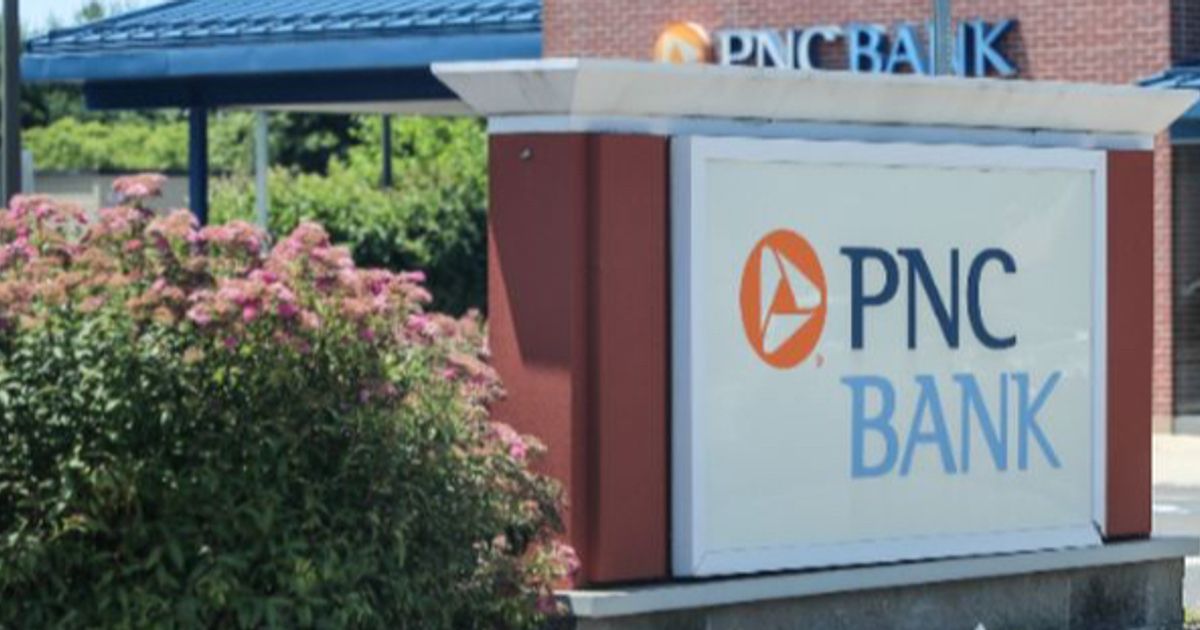The countdown to a Federal Reserve decision is on, and markets seem just a little nervous. Markets are largely counting on a one-and-done playbook for interest rate rises, but note the curve ball we got from Down Under Tuesday where the Aussie central bank delivered a rate-hike shocker.
Shifting gears, our call of the day from Morgan Stanley warns of hurdles to come for tech companies such as Apple
AAPL,
and rewards for others amid shifting global supply chains.
As lead equity analyst Shawn Kim and his team explain, the pandemic exposed vulnerabilities in supply chains, driving companies to “re-shore” key manufacturing, or relocate to perceived friendlier countries.
Take the semiconductor sector, where U.S. and China frictions have heated up in recent years. “Complete decoupling would resemble the 1980s, when the competitive intensity between the U.S. and Japan in the semiconductor industry skyrocketed,” said the analysts, who say limiting the flow of technology could slice 16% from the 2030 global information and communications technology market total addressable market.
The meat of this report talks about what’s in store for specific companies, and what investors should know, broken down by those potentially at risk and those that could benefit. Here’s the at-risk list:
- Apple Supply Chain: “90-95% of Apple’s production is still in China; we believe a full decoupling would likely require hundreds of billions of dollars of investment at least, which would prove an outsize burden for the supply chain and potentially require investment from OEMs.” Original equipment manufacturers make devices using component parts from other companies.
-
U.S technology hardware — PC , enterprise infrastructure and consumer electronics companies such as Cricut
CRCT,
-5.84% ,
Dell
DELL,
+0.97% ,
GoPro
GPRO,
-2.84% ,
Garmin
GRMN,
+0.74% ,
HP
HPQ,
,
Resideo Technologies
REZI,
+1.21% ,
Snap One
SNPO,
+0.58% ,
Sonos
SONO,
+4.09%
and Seagate
STX,
+0.77% .
“A full decoupling from China would have significant ramifications for these names.” - Fabless semiconductor companies, which make chips powering new -age laptops, smartphones and supercomputers, are “most at risk” of production disruptions due to geographic and vendor concentration.
-
TDK
6762,
+1.74% ,
which makes over 90% of its rechargeable batteries in China, wants to bolster production out of India on batteries and tech devices.
As for those potential beneficiaries:
-
Samsung Electronics
005930,
+4.18%
globalized its operations 20 or 30 years ago, and now produces half of its smartphones and tablets in Vietnam. -
GlobalFoundries
GFS,
+3.46%
is the world’s only at-scale western foundry and in “in a unique position to benefit from the increasing focus customers are puttin gon securing domestic sources of supply,” says Morgan Stanley. The company has factories in the U.S., Germany and Singapore. -
Intel
INTC,
+1.48%
: “If the U.S. were to lose access to TSMC
2330,
+6.46%
and its cutting-edge process technology, Intel’s success as a foundry no longer becomes optional and would likely have all the major U.S. fabless players vying to become customers,” say the analysts. -
Taiwan Semiconductor Manufacturing’s
TSM,
+9.79%
global operation extends to the U.S., and the U.S. fab industry should account for 20% of leading-edge capacity in five years. -
ASML
ASML,
+4.53% ASML,
+1.08%
will benefit from the need for “increased buffer capacity within the supply chain as devices makers, in Europe and elsewhere, will likely be asked by their customers to ensure ‘local-for-local’ manufacturing capabilities.” -
United Microelectronics
UMC,
+1.96%
a key beneficiary of U.S semi customers’ reshoring away from China, and Morgan Stanley analysts expect even Chinese semi customers to place orders for 14-nanomenter chips at UMC in future.
Last word from the analysts at Morgan Stanley: “It will take many years to shift the supply chain, and the U.S. will remain dependent on China in many areas. However, investing in the technology sector now requires a change in thinking to navigate the economic implications of multipolarization. Investors need to consider the broad investment themes associated with geopolitical risks rather than just taking a bottom-up view.”
The markets
Stocks
DJIA,
COMP,
are lower in early trading, with Treasury yields
TMUBMUSD02Y,
inching higher, along with the dollar
DXY,
The Aussie dollar
AUDUSD,
and the country’s bond yields got a boost from a surprise RBA rate hike. Oil prices
CL.1,
are modestly lower and silver
SI00,
is getting drubbed, down over 1%.
For more market updates plus actionable trade ideas for stocks, options and crypto, subscribe to MarketDiem by Investor’s Business Daily.
The buzz
The U.S. could breach its debt ceiling as soon as June 1 if Congress doesn’t lift the nation’s borrowing limit, Treasury Secretary Janet Yellen warned.
Shares of pharma giant Pfizer
PFE,
are up 2% after results beat expectations, Uber
UBER,
stock is up 8% as the ride-hailing group gave an upbeat forecast and Marriott stock
MAR,
is up 2% on upbeat results. Molson Coors
TAP,
was up modestly on a profit beat and T Rowe Price
TROW,
reported a drop in earnings, with shares off slightly. AMD
AMD,
(see preview), Starbucks
SBUX,
Ford
F,
and Caesars
CZR,
will report after the close, along with several others.
And: J&J’s Kenvue spinoff to hit IPO market this week in the biggest deal since late 2021
Shares of Chegg
CHGG,
are down 45% post-earnings after the online education company said ChatGPT has been eating its lunch. In London, shares of education publisher Pearson
PSON,
fell 9%. On that note, IBM
IBM,
is reportedly set to pause hiring of thousands who could be replaced by AI in coming years. And former Google
GOOGL,
AI research head Geoffrey Hinton said he resigned from the company to warn others about AI misuse.
And: After TOP Financial’s surge, influential meme-stock trader looks for next big opportunity
Chip maker NXP Semiconductor’s shares
NXPI,
are up 4% after upbeat results. Arista Networks shares
ANET,
are down 7% after the cloud-network group warned of slowing cloud growth demand from Microsoft and Meta.
U.S.-listed shares of HSBC
HSBC,
HSBA,
are up 4% after a threefold profit gain and more buybacks. Elsewhere, Morgan Stanley
MS,
reportedly plans to lay off thousands more workers.
AMC Entertainment’s
AMC,
CEO Adam Aron slammed Robinhood Markets
HOOD,
over an erroneous tweet claiming the movie-theater chain had filed for bankruptcy.
The two-day Fed meeting kicks off on Tuesday. U.S. job openings and factory orders are due at 10 a.m. Eastern.
Best of the web
The number of gig workers murdered on the job hits highest level since 2017, says a new report .
Bird flu detectives hunt for clues to stop next global pandemic.
How Jamie Dimon swooped on the remains of First Republic.
Hollywood writers are on strike, saying they face an “existential crisis”
The chart
For those wondering about the S&P 500’s next moves, @tomthetrader1 shares his thoughts (h/t The Chart Report):
@tomthetrader1
You can read his full views here on SubStack. In October, Tom correctly predicted the S&P 500 would rise towards 3,900, as he lays out in this chart:
@tomthetrader1
The tickers
These were the top-searched tickers on MarketWatch as of 6 a.m.:
Random reads
The star of the Met Gala catwalk was this cockroach
Japan changed its mind on the benefits of a street piano.
Just eight fox cubs messing around on a trampoline.
Need to Know starts early and is updated until the opening bell, but sign up here to get it delivered once to your email box. The emailed version will be sent out at about 7:30 a.m. Eastern.
Listen to the Best New Ideas in Money podcast with MarketWatch reporter Charles Passy and economist Stephanie Kelton.
Source: marketwatch.com







